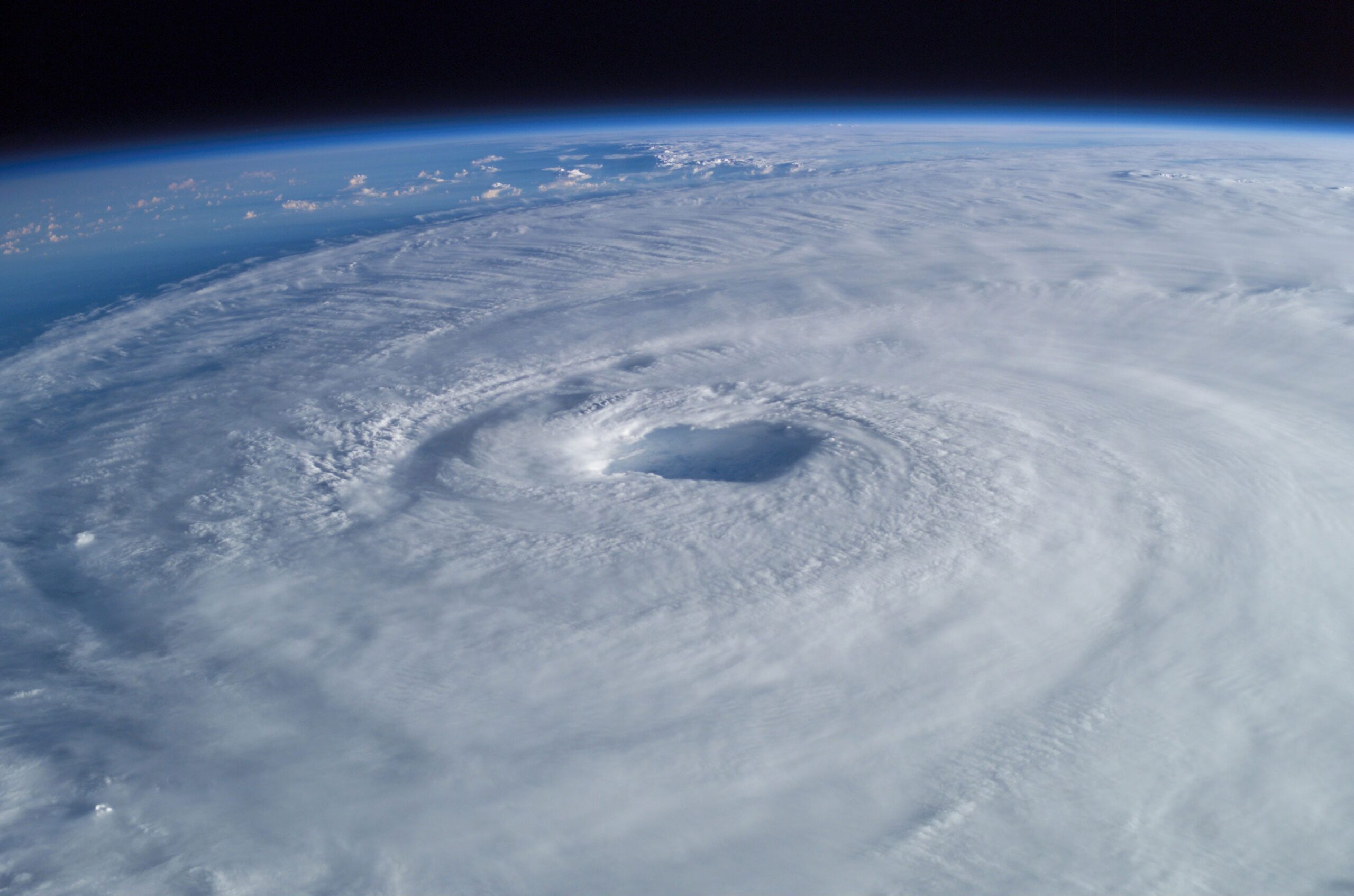The large scale of air mass that rotates around the low atmospheric pressure is called Cyclone. Cyclones are low-pressure atmospheric systems with the following characteristics:
- The lowest pressure in the center.
- Rapid outward rise.
- The inward flow of air.
- Circulation anti-clockwise in Northern Hemisphere clockwise in Southern Hemisphere.
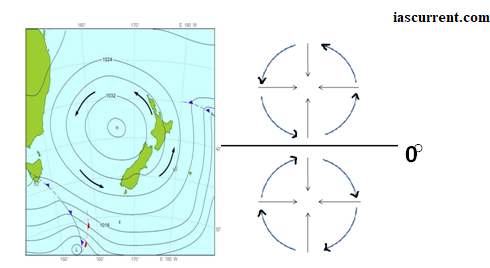
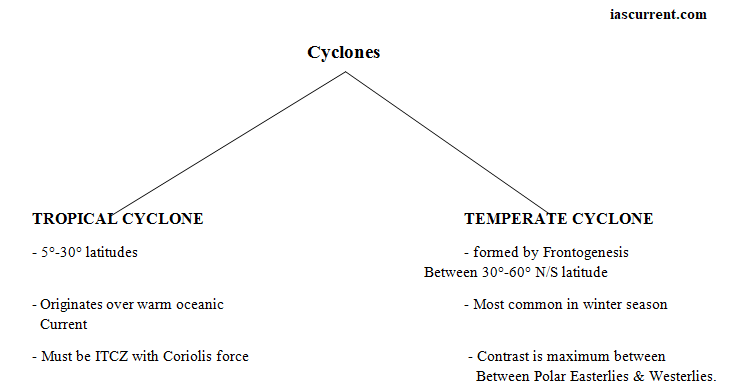
Tropical cyclones are called cyclones in the South-Eastern coast of India and hurricanes in the Caribbean Sea. Tropical cyclones are called typhoons in china, Typhoo in Japan, Willy-Willy in Australia.
Structure of Tropical Cyclone

The structure of cyclones consists of an eye of the cyclone. Eye of the cyclone:
- Lowest pressure
- Cloudless, Rainless, windless
- High Temperature, high humidity
- Stop fall in the barometric head
And the Inner Eyewall of the cyclonic eye:
- Cumulonimbus clouds
- The greatest intensity of rainfall & winds
- The most destructive part of the cyclone causing massive damage to life.
- Outer Eyes wall- here, the rainfall is low and the wind speed is also low.
Effects of Cyclone
There are many devastating effects on human settlements, forests, agricultural fields, etc. Some of those devastating effects are being listed here:- Strong winds uproot trees, plants, houses, and other structures.
- High-intensity rainfall – flash flooding.
- Sea surge and drains are blocked in coastal regions (due to the inward flow of seawater). These results in a large scale epidemic of cholera and other water-borne diseases.
Anti-Cyclones
As the name suggests, this is just the opposite in nature to the cyclones. Cyclones are formed in low atmospheric pressure whereas anti-cyclones are found to be rotated around the center of the high atmospheric pressure
- Anticyclones are high-pressure atmospheric systems.
- The center is the region having the greatest pressure.
- Atmospheric pressure gradually declines outwards.
- Flow is outward.
- Its direction is clockwise in Northern Hemisphere & anticlockwise in Southern Hemisphere.
Horizontal Structure Of Anticyclone
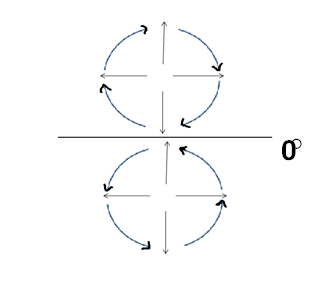
Vertical Structure of anticyclone
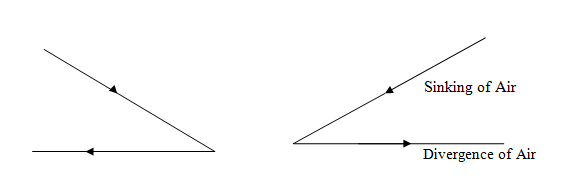
- Cloudless and rainless condition
- Gradual winds
- Anti cyclonic condition produce drought
For example, Sub-Tropical High-Pressure Belt is an example of an anticyclone. Polar High-Pressure Belt is another example of an anticyclone.

